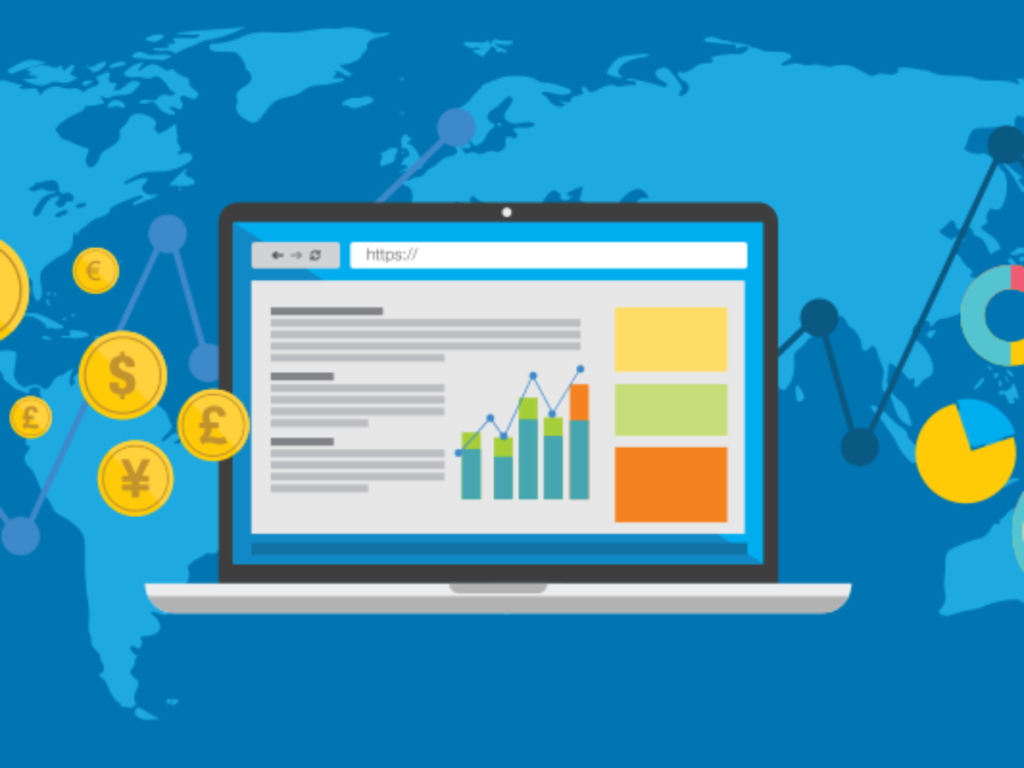How to Boost Brand Awareness With Digital Marketing
Do you know how to promote your company with the help of digital marketing? You can use the tools of syndication, guest blogging, and creating branded infographics. By following these tips, you can increase your brand awareness and drive sales. Listed below are some ways to promote your brand and increase customer loyalty. Try them out! You’ll be surprised by the results. After all, brand awareness is the most important aspect of marketing.
Syndicated content
Syndicated content is a great way to building brand awareness and drive more traffic to your website. It involves publishing your content to third party organizations so that they can share it with their audiences. This helps you to reach a much larger audience. Here are some ways to make the most of this powerful form of marketing. Syndicated content is an excellent way to generate more audience engagement, build brand awareness, and increase sales.
Social media sites like Facebook and LinkedIn are excellent ways to share your content. Not only are they free and easy to use, but they also allow you to reach a larger audience than you would with a single piece of content. Most people have read or heard of syndicated content from these platforms, and you can also interact with followers through the content. Make sure that your content is engaging and useful for your audience.

Guest blogging
How to boost brand awareness with guest blogging? Guest blogging is an effective way to boost your search engine ranking, gain new clients, and improve your brand awareness. In order to be successful, you must know what you hope to achieve. Knowing what you want to achieve will help you choose the right sites for your guest posting efforts. You can also use a goal-setting approach to figure out how many leads you hope to generate with each article.
One of the most common ways to increase brand awareness is to write useful articles for other sites. This way, you will benefit from the traffic that’s already visiting the site of your guest. By providing helpful content to readers, you won’t push your products or services on people who aren’t yet ready to buy. Besides, guest blogging can also help you promote your company’s products and services. But be careful not to overuse links. Too many links can get your blog penalized by Google, so you must be careful not to overdo it.
Creating branded infographics
Creating branded infographics for your business’s website can increase brand awareness in several ways. Visual content with a brand logo is easily shared on social media sites. It can also increase traffic to your website. Branded infographics contain relevant information and can be easily digested by users. They can be incorporated with your logo, website address, and contact information. In addition to boosting brand awareness, these infographics can increase traffic and boost sales.
When creating infographics, consider your audience. What interests them the most? Creating content that appeals to them can increase your social media following, and that can lead to paying customers. Data is also a great way to make your content credible, but numbers aren’t always eye-friendly. Avoid using long blocks of text that might bore your audience and make them look away. Instead, use visual elements to transform the data into a visually appealing format.

SEO keyword targeting
If you want to increase your brand awareness, you can implement some strategies that are sure to make your business known in the digital space. Content marketing, for example, is an excellent way to reach prospective customers when they are searching for products and services that are relevant to their needs. Moreover, the use of articles and other forms of content can help you generate more traffic, build trust and reputation, and even get your name mentioned in authoritative publications.
Getting noticed on social media
Getting noticed on social media is a powerful strategy to increase your brand awareness and gain a loyal following. The number of internet users is continually growing – according to the Hootsuite study, there were 4.021 billion users in 2018. In fact, Statista predicts that the number of social media users will continue to increase. But what exactly should you do to make your content go viral?
A great way to increase brand awareness is to create a social media contest and give away a free prize. Users vote on their favorite contestant and share the link with their friends and family, which spreads brand awareness. For example, Rare Beauty created a kit about mental health and published it on social media. In addition, Coca-Cola doesn’t need to boost brand awareness, but they’re building it over time. For example, Coca-Cola’s social media strategy includes giving away personalized Coke bottles, which helps build brand awareness.
Other resources:
How to Improve Website Performance


